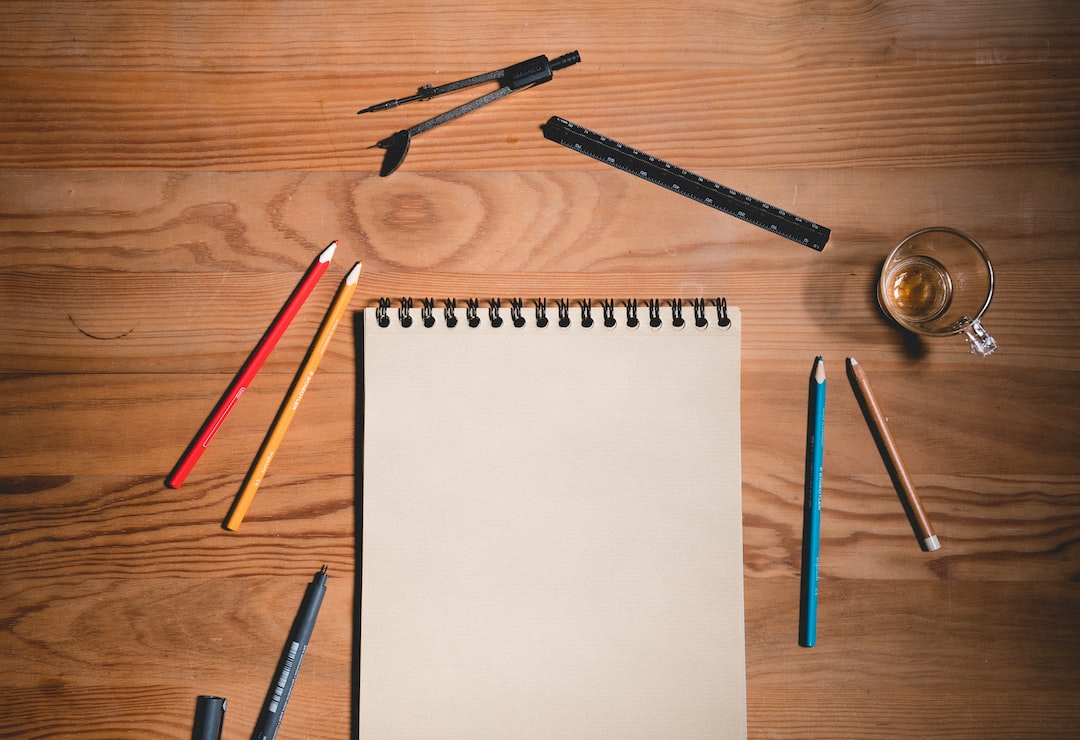The Art of Typography: Exploring the Impact of Fonts in Design
Typography, the art and technique of arranging type, holds a significant role in the world of design. Although often overlooked, the choice of fonts can greatly impact the overall aesthetics and effectiveness of a design. From websites to advertisements, logos to book covers, every aspect of design utilizes typography to convey messages and evoke emotions. In this blog post, we will delve into the world of typography and explore the profound impact it has on design.
First and foremost, typography is a powerful tool for communication. Different fonts evoke different emotions and can completely alter the meaning behind a message. For instance, a bold and playful font may be perfect for a children’s book cover, while a refined and elegant font would better suit a high-end fashion brand. The choice of font in design is similar to choosing the right language for a conversation; it sets the tone and engages the viewer on a subconscious level.
Sans-serif and serif fonts are two of the most commonly used font styles in design. Sans-serif fonts, such as Arial or Helvetica, are clean, modern, and easy to read. These fonts are often found in digital interfaces and convey a sense of simplicity and efficiency. On the other hand, serif fonts, like Times New Roman or Baskerville, exhibit classic and traditional characteristics. They are ideal for printed materials, lending a sense of authority and professionalism. By carefully selecting the right font style, designers can effectively convey the desired mood and atmosphere to their audience.
In addition to font style, font size plays a crucial role in typography. The size of the font determines the hierarchy of information and directs the viewer’s attention. Larger fonts grab immediate attention, making them perfect for headlines or important messages. Smaller fonts, on the other hand, are used for secondary information or footnotes. By creating contrast in font sizes, designers guide the viewer’s eyes through the design, emphasizing key elements and establishing a visual hierarchy.
Furthermore, font weight, also known as font thickness, distinguishes between regular, bold, and italic fonts. The weight of a font affects readability and emphasizes certain words or phrases. Bold fonts, for example, draw attention and highlight important aspects of a design. Italic fonts, on the other hand, add emphasis or a sense of movement. By manipulating font weight, designers can convey different levels of importance and guide the viewer’s attention to specific areas.
Another aspect of typography is font pairing. Pairing fonts carefully can create a harmonious composition while adding interest and variety. Two fonts that contrast yet complement each other can create a captivating visual experience. A common approach when pairing fonts is to combine a serif with a sans-serif font. This combination balances elegance with modernity, creating a design that is visually engaging and easy to read. When it comes to font pairing, experimentation is key, and designers need to consider legibility, contrast, and overall aesthetics.
Furthermore, the kerning and tracking of fonts are essential for creating pleasing and visually balanced typography. Kerning is the adjustment of space between two individual letters, while tracking refers to the overall spacing and consistency between all the letters in a word or sentence. Adjusting these spacing elements can drastically alter the readability and aesthetics of a design. Proper kerning and tracking ensure that the text is visually appealing and easy to read, adding a professional touch to the final product.
Lastly, the choice of font color is integral in typography. The color of the font can affect the legibility, mood, and overall impact of the design. High contrast between the text and the background is essential for readability. For example, black text on a white background offers clarity and is widely used for readability purposes. On the other hand, designers can experiment with various color combinations to create different moods and emotions. Warm colors, such as red or orange, can evoke energy and passion, while cooler tones like blue or green can create a sense of calm and tranquility. By carefully considering the color of the font, designers can enhance the overall message and appeal of the design.
In conclusion, typography is an art form that should never be underestimated in the world of design. The choice of fonts, font styles, sizes, weights, pairings, kerning, tracking, and colors all hold significant impact on the final design. Typography is the unfolded language of visual communication, allowing designers to captivate and engage their audience. By mastering the art of typography, designers can create designs that effectively convey messages, evoke emotions, and leave a lasting impression.

